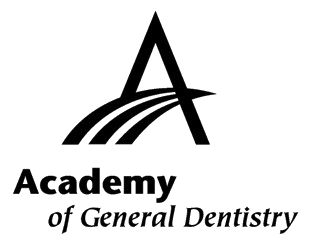Prevention and Treatment of Periodontal Disease
Periodontal disease is one of the most common, yet preventable diseases around. This serious dental problem attacks the gums and bone that support your teeth and keep them in place. There is always bacteria in our mouths, which is how plaque build-up begins. Plaque is a sticky film of food particles and debris, bacteria, and saliva that builds up in the hard-to-reach places of your teeth. It can mostly be removed by consistent brushing and flossing, but it’s still going to be there, which is why it’s important to visit our office for regularly scheduled check-ups, exams, and cleanings. If the plaque is not removed, it turns into calculus, also known as tartar. This can’t be removed by brushing and flossing and can only be done by a professional.
If the tartar isn’t professionally removed, it begins to break down and destroy the gums and bone. There is mild gum disease (gingivitis) and severe gum disease (periodontitis); gingivitis can be taken care of with a combination of proper oral health care at home and professional cleanings at our office, but periodontitis is irreversible and can lead to a lot of oral and dental pain and potential tooth loss.
Periodontal disease is characterized by red, swollen, and bleeding gums; this can appear while you’re eating or brushing your teeth. Did you know that you can be suffering from periodontal disease and not even know it? This is because the disease is usually painless in the early stages and patients don’t feel any serious side effects until it’s too late. There is also an alarming amount of people who never address bleeding gums because they believe that it’s normal or they stop brushing their teeth because they think that’s what’s causing the bleeding.
Periodontitis is the number of reason for tooth loss and extensive health research suggests that there may be links between periodontal disease and other overall health issues including diabetes, bacterial pneumonia, risk of stroke, and cardiovascular disease. Bad habits like smoking cigarettes and other tobacco use dramatically increase the risk of gum disease, as well.
Periodontal treatment methods vary for every patient, depending on the level of gum disease that they’re experiencing. After your professional dentist has evaluated you, you’ll be recommended the appropriate treatment and go from there. As gum disease progresses, the gums begin to recede away from the teeth and form pockets between the tooth and gums. This area fills up with bacteria, plaque and tartar build up, causing irritation to the gums and tissues. When the soft tissue and surrounding bone are affected and damaged, your dental support begins to weaken, as well. This can cause a tooth to become mobile and potentially lead to tooth loss.
If periodontal disease is caught before its advanced, severe stage, a periodontal cleaning called scaling and root planing will be recommended. This procedure helps the gum tissue heal around the tooth and for the pockets to shrink. Sometimes, the pockets do not adequately heal on their own and additional periodontal procedures may be required so your teeth will be protected and easier to clean.
We may also recommend you to see a periodontist, who is a specialist of the gums and supporting bone. To learn more about our periodontal treatment, call our office at (908) 232-4400 today.




